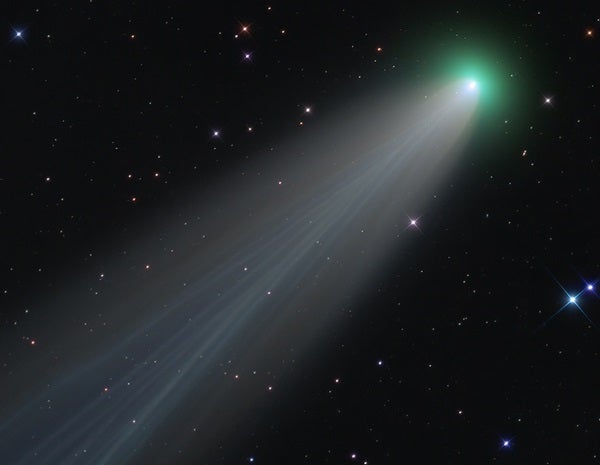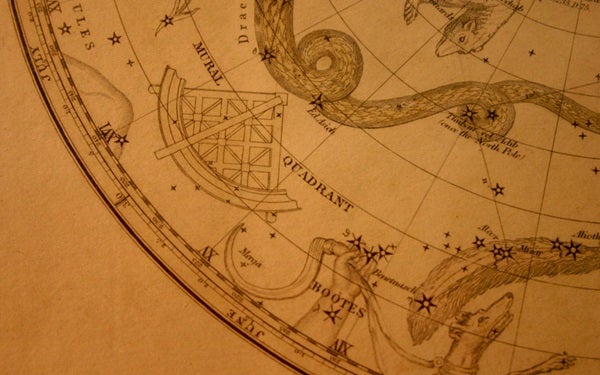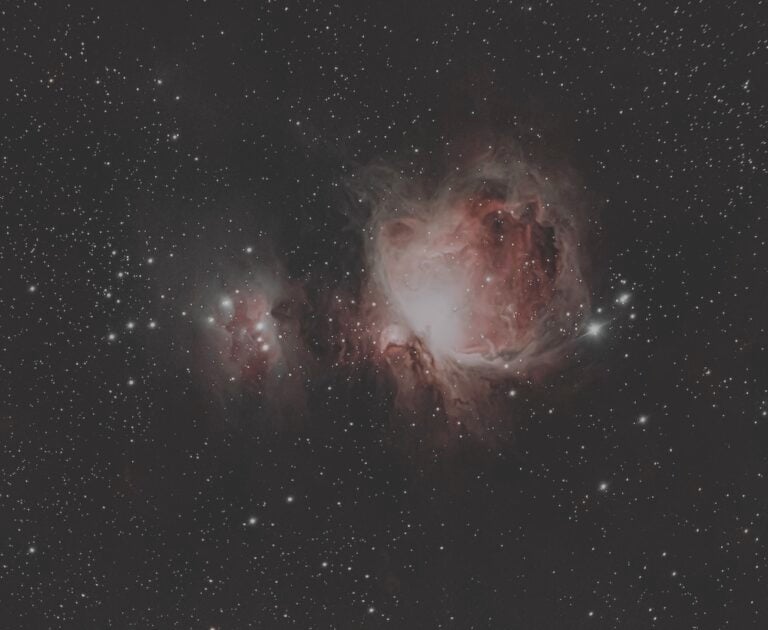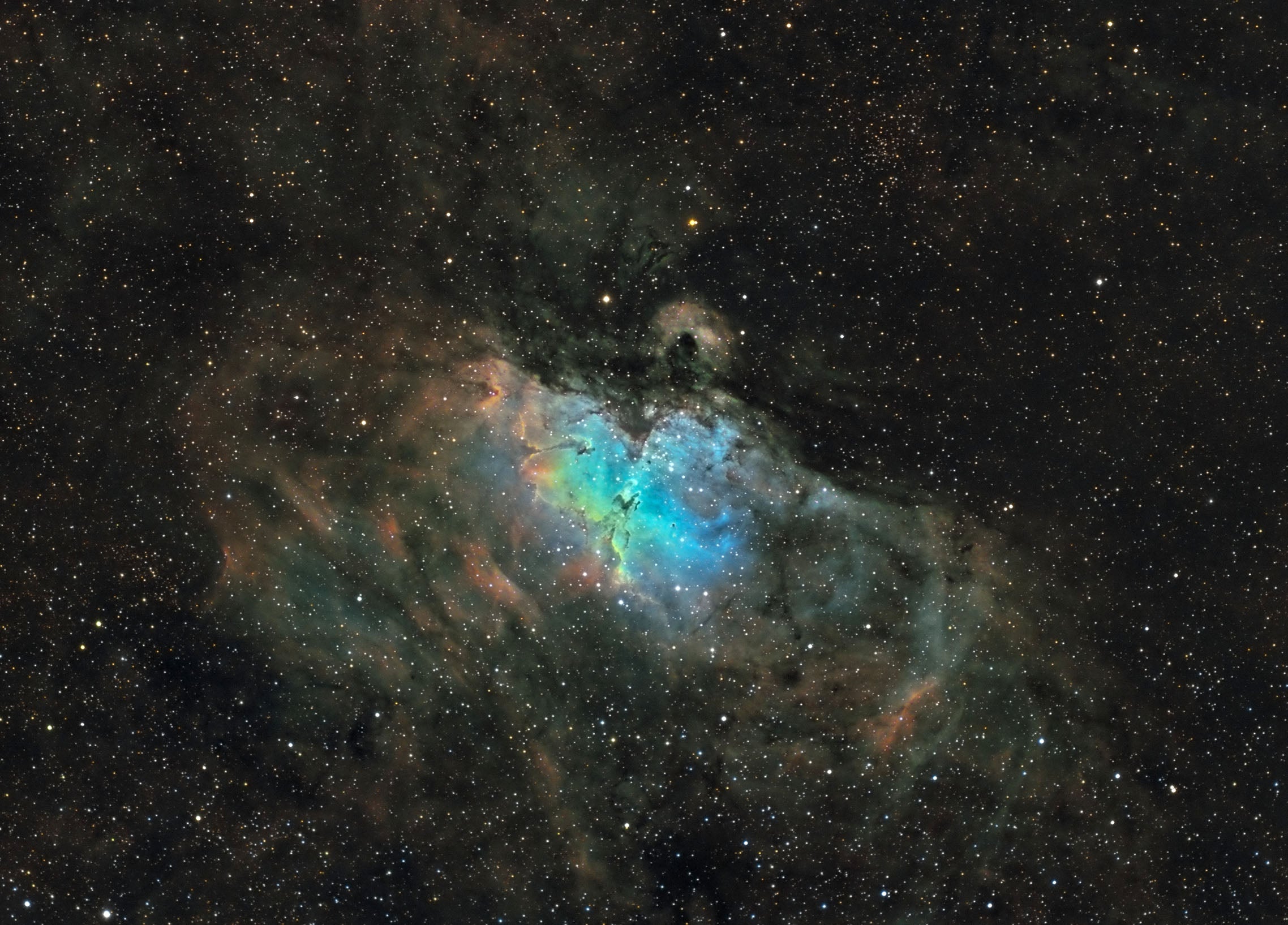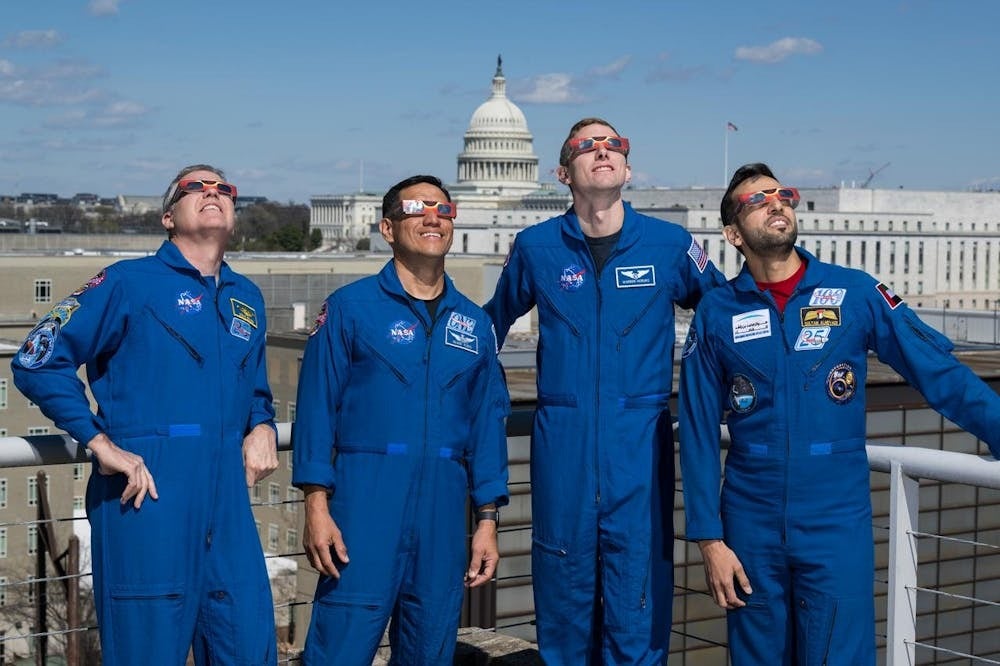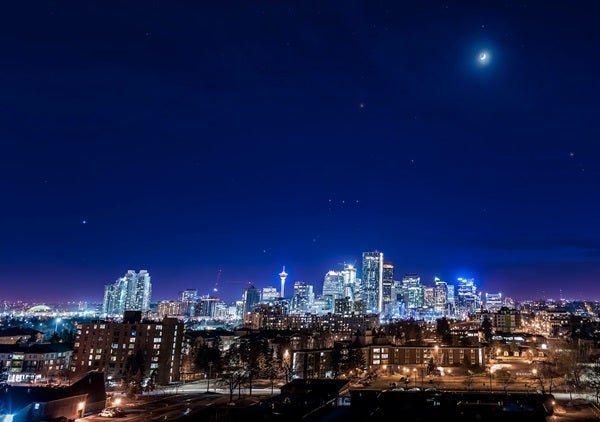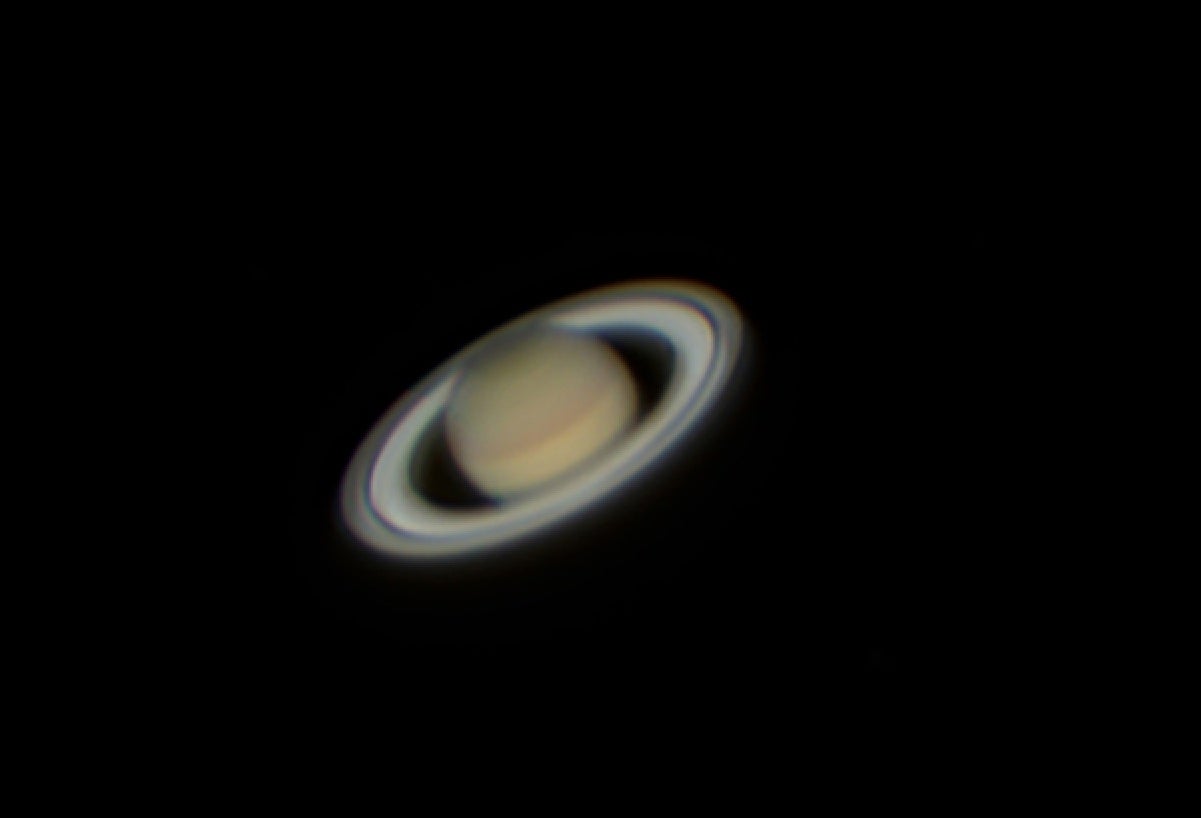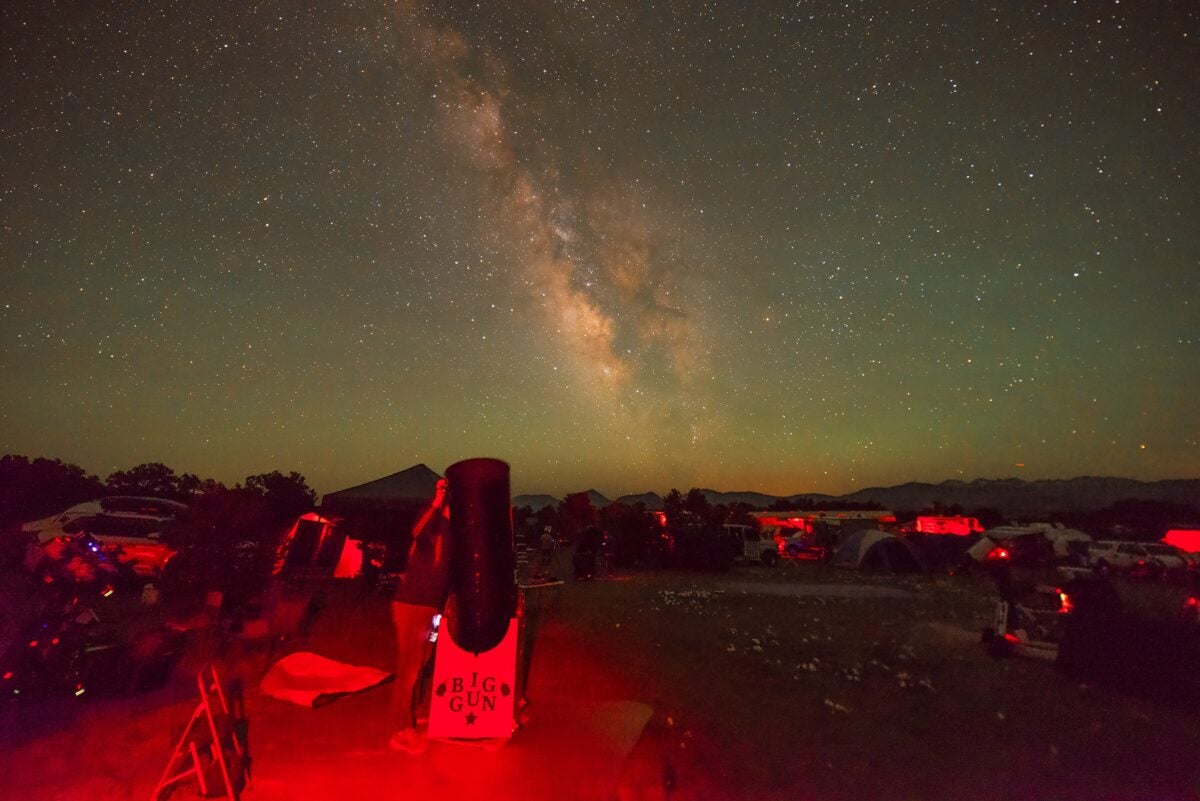
Time under dark skies is precious, and for a lot of us, getting out to those sites can be tough. When we do, often we end up observing alone, or with a few intrepid others at an astronomy club observing session. And sometimes that solitude is what we’re looking for: just you and the sky.
But there’s also real joy in sharing the telescope with others, whether they are experienced or rookies, and it’s easier to stay up all night when you’re with an enthusiastic crowd. There are many organized events across the country and around the world that bring people together under dark skies for a week or a weekend of observing. These events are called star parties.
I often describe star parties to my friends and co-workers as “part outdoor astronomy convention, part summer camp for grown-ups.” (Although kids are welcome at star parties too!) All the star parties I know of involve camping to some degree. Many people bring their vans, campers, trailers, and RVs, although tent and car camping is also common. The Texas Star Party has cabins with bunks and hotel rooms. Others are camping only, such as Cherry Springs in Pennsylvania and Okie-Tex in Oklahoma. Camping is part of the fun for me — nights away from home in my cozy trailer are rejuvenating. But if you’re looking for more of a “glamping” experience, the Nightfall Star Party in southern California is at a desert resort with hotel rooms, swimming pools, and a restaurant on-site. Some have catering for an extra fee, while others have food trucks; it’s also fun to grill some steaks or have a nice cold sandwich out of the cooler. I brought a backpacking stove to the Hidden Hollow Star Party in Ohio, my first star party back in 2016, where I cooked grits, eggs, and bacon in the shadow of the dome that houses Big Blue, the club’s giant 36-inch reflector.
The heart of every star party is staying up late observing with friends new and old, hunting down targets that are tough to get from home and lingering on your favorite objects. Nearly every star-partygoer I’ve met has been happy to share their telescope view, which is a real treat when someone brings a big juicy Dob! I got to see the Whirlpool Galaxy (M51) through a 36-inch at the Texas Star Party one year, and it was breathtaking. One of my favorite things to do at a star party is to wander the main observing field. Especially at large events like the Texas Star Party, the air is electric with the excitement of observing under dark skies. I once got to see Omega Centauri, a massive Southern Hemisphere globular cluster that stands just 12° above the southern hills around Fort Davis, Texas, through 6-inch binoculars!
Star parties aren’t only alive at night, however. Daytime activities can include presentations and workshops from amateur astronomers, scientists from NASA and the Green Bank Radio Observatory, and the occasional astronaut — Don Pettit gave a great talk at the 2017 Texas Star Party on “messing around” with microgravity experiments onboard the ISS that turned into scientific research. Because star parties are frequently in the middle of nowhere, there is usually a range of outdoor activities to participate in, such as hiking and birdwatching. (There’s a large overlap between amateur astronomers and birders.) There is also, of course, plenty of socializing; I often sit in the main gathering building or tent and chat with people while I work on processing images on my laptop.
I spend most of my vacation days at star parties, socializing with other amateur astronomers and astroimagers from all over and soaking up the starlight against a black sky. There’s nothing quite like gazing up at a broad, gauzy Milky Way, catching a shooting star every few hours, and enjoying beverages and conversation with other stargazers in between admiring our favorite clusters, galaxies, and nebulae through high-quality telescopes.
So what are you waiting for? Find a star party near you and remember why you fell in love with astronomy in the first place: https://www.go-astronomy.com/star-parties.htm. See you there!

